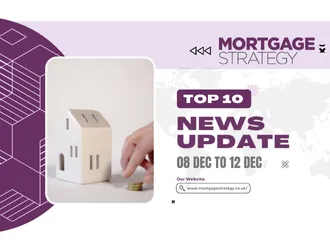
The internet, social media, reality TV, streamers, gamers, beauty bloggers and fashionista’s – there is no denying everywhere we turn in 2020 our screens, feeds and ears are filled by the new influencers.
Whether consciously or not, everything we do in life is influenced in one way or another by what we experience, or what media we consume. In this blog I want to highlight the power of the influencer and explore the lending implications of this chosen profession.
The role of the ‘influencer’ today cannot be underestimated. At time of writing, popular streamer Richard Blevins, better known by his online alias ‘Ninja’ has over 16.1 million subscribers on streaming site Twitch. This generations young gamers most likely spend just as much time watching their favourite streamers as they do playing themselves!
Unless you have been living under a rock for the last 15 years, you would have undoubtably used the services of the behemoth that is YouTube. Felix Kjellberg aka PewDiePie is believed to have over 105 million subscribers to his channel on the platform. His Net worth through his YouTube endeavours is believed to be over £30 million.
Influencers are not just exclusively affecting the younger generation either, anyone using social media or watching the television can have their consumer habits impacted simply by the clothes their favourite star is wearing, or the style of their hair. Whether you like to admit it or not.
I think by now you should get the point – the ‘influencer’ is a force to be reckoned with, and the role brings with it a legitimate income stream, with unchartered potential. However, as with every new market – it faces its challenges when it comes to mortgage lending and access to borrowing.
A lender’s main focus when it comes to the assessment of a new borrower is income sustainability and understanding this relatively new industry.
Many high street lenders will assess income by looking at the last two years salary and dividends received (assuming the influencer has incorporated a limited company), or if a sole trader, their net profit. Obviously, this is a big issue for a new influencer star who can only demonstrate a single year, or less, of income. Another issue is when a borrower has experienced exponential growth of income.
On the other side of the coin, it is common for a client to be able to evidence a steady income historically but given the nature in which most influencers come into the spotlight, they often enjoy a sudden meteoric rise.
This usually means they cannot demonstrate a regular income to lenders, which hinders their borrowing potential.
When it comes to sustainability, we all remember the five-minute celebrities of the noughties. With the introduction of Big Brother amongst several other shows, it could be argued 90 per cent of those ‘stars’ are now long forgotten. This is something the lenders are extremely wary of. Being able to present to a lender that the star will stay relevant and maintain the level of income required to service the loan has its difficulties.
There are ways to overcome these hurdles.
Many of your favourite online and reality TV personalities are paid for the content they create and the promotion services they provide. By virtue of this many have greatly fluctuating income streams and you could argue the income is directly performance related. However, opposed to the 20 years, there are now a plethora or avenues to explore to capitalise on the influencers fame and reach, thanks to this we are able to present the applicant to the lender not only as ‘That girl from Love Island’ but as a legitimate marketing force, with a track record of results and brands lining up to collaborate with.
Arguing that an influencer is a ‘brand representative’ or ‘marketing agent’, is a valid and effective way of demonstrating that the risk of sustainability is reduced by the spread of products an influencer ‘influence’. This can be demonstrated by evidence of the various income streams that an influencer has, very often it isn’t just YouTube income they receive, but a plethora of companies and products they feed into their income streams.
Naturally as these income streams become more common place, lenders will no doubt ease their approach to assessing them. This is a trend I can already see developing, with high street lenders such as Halifax happy to work off one year’s figures after I justified the sustainability of income to underwriters.
Joe Cass is mortgage and protection broker at Willow Private Finance



